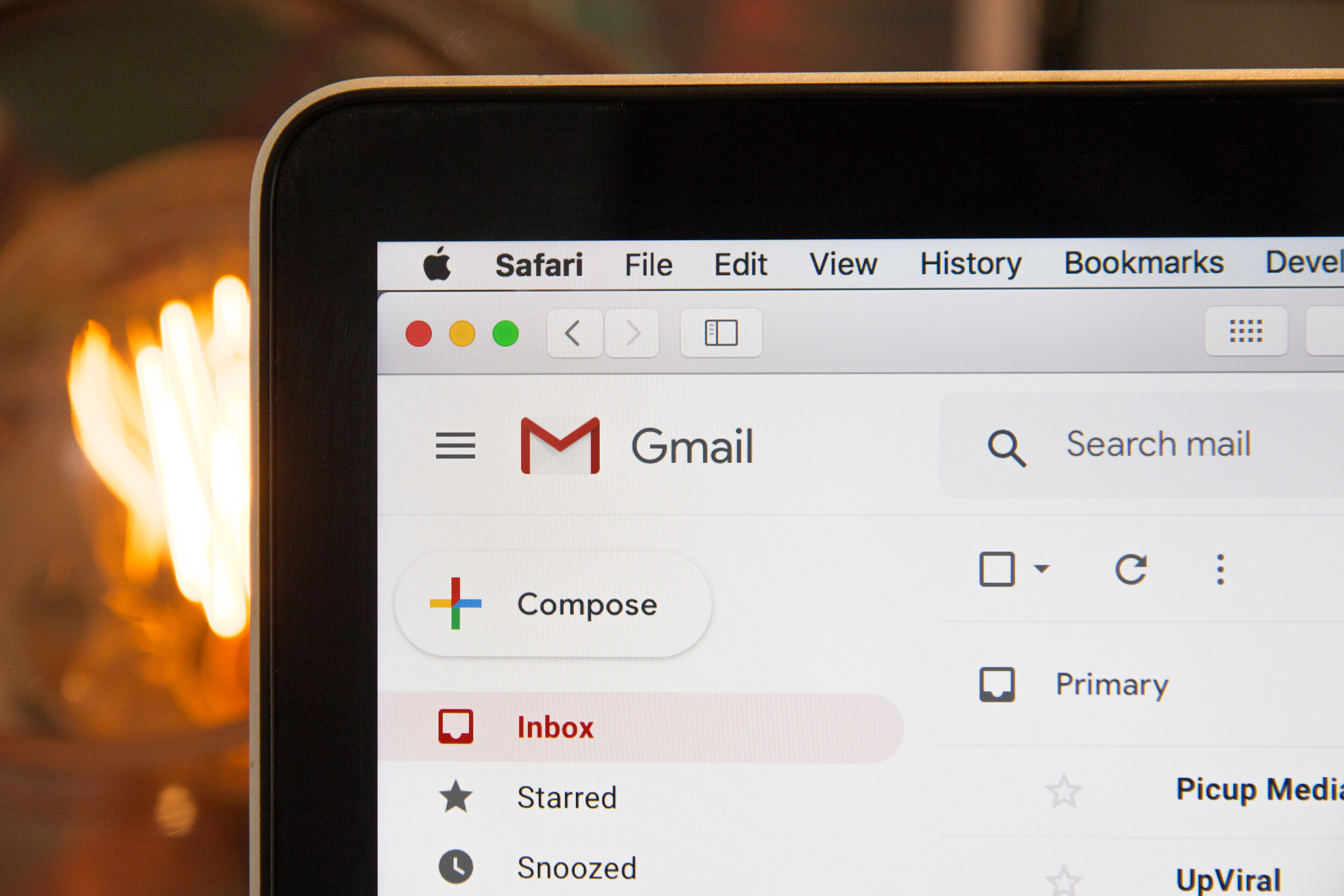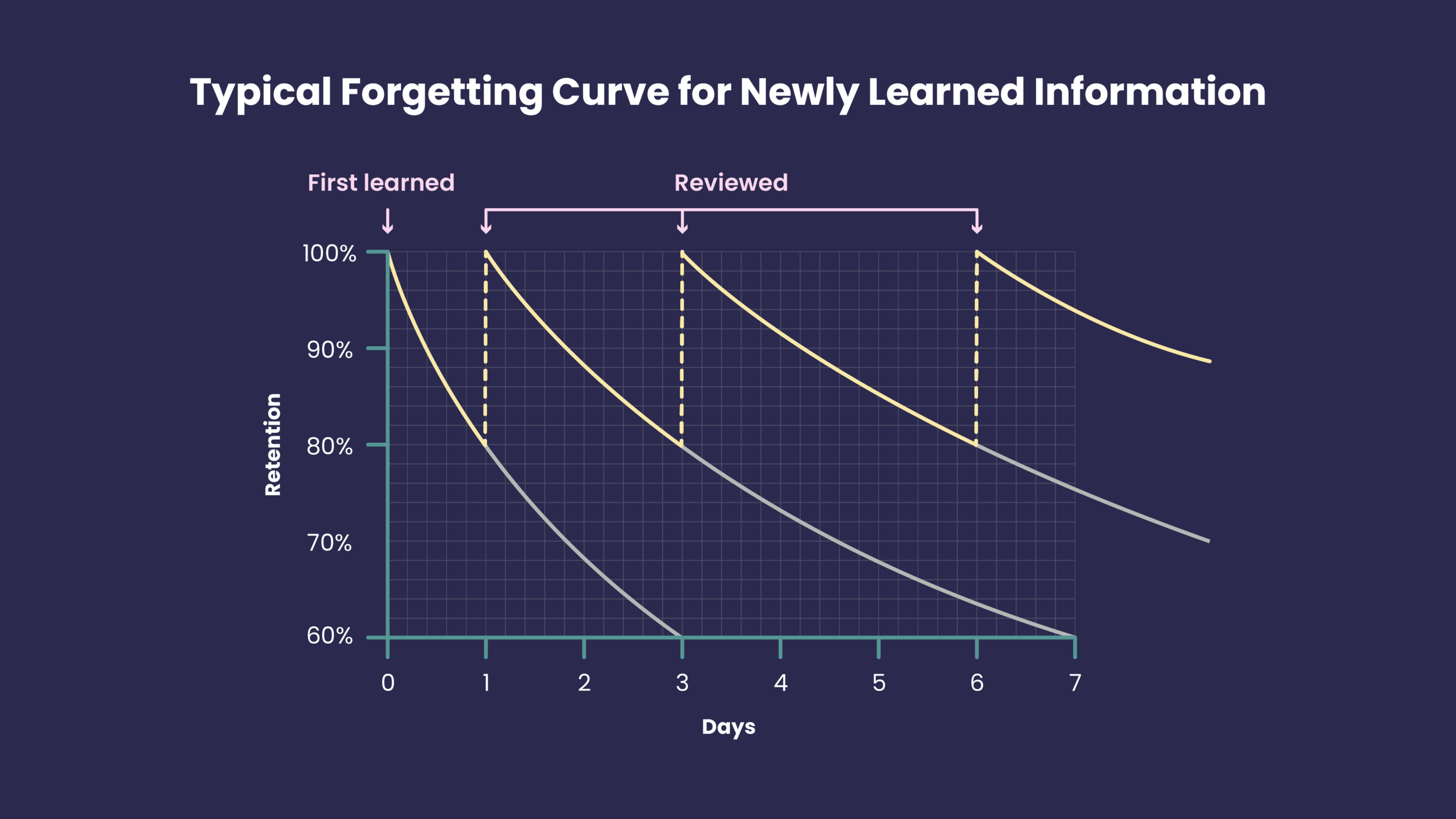This Google Onboarding Experiment Increased in New Hire Productivity by 25%
Gamification: workforce training savior or gimmick with no lasting impact? In this blog, we dig into the debate on whether it's an essential - or not.
TABLE OF CONTENTS
You may know that Google is the second most valuable brand in the world (most recently valued at 160 billion dollars).
But did you know that their HR team spend 80% of their time streamlining (and supercharging) their recruitment and onboarding efforts?
The value Google has amassed as a brand and the time invested in onboarding aren’t mutually exclusive. The importance they place on onboarding actively influences and impacts the company’s overall success. It’s a symbiotic relationship.
How?
Poor onboarding means disengaged, unproductive and unmotivated employees. New hires who develop these traits on account of bad onboarding either leave, impacting your bottom line, or stay, impacting your bottom line.
In the U.K. and U.S., $37 billion is estimated to be spent annually keeping unproductive employees who don’t understand their jobs. And if new hires churn due to poor onboarding, replacing them can can cost up to 300% of their salary. Onboarding is your opportunity to avoid joining the companies that make up these statistics.

It’s also your opportunity to determine the new hire’s narrative at your company. Will they be successful to your mutual gain? Or will they stagnate to your mutual detriment?
WWGD (What Would Google Do)?
Google prides itself on its ‘bottom-up” hierarchy. So much so their former Vice President of People Operations (aka Human Resources), Laszlo Bock, has been quoted as saying they let the “inmates run the asylum”.
This value placed in an individual’s autonomy and success - which is the foundation for driving the success of the collective, i.e Workforce Success - informs how Google onboards. In other words, Google is so successful because it puts the success of the individuals that make up the workforce at the forefront.
This begins during onboarding.
In his book Work Rules!: Insights from Inside Google That Will Transform How You Live, Bock shares the onboarding experiment that led Google to increase their new hire productivity by 25%.
What was it? Nudges. In the book, he defines these as “the gentlest of reminders” that “can make a difference”. Nudges don’t “have to be expensive or elaborate”, their only criteria is that they’re “timely, relevant, and simple to put into action”. In other words, they’re delivered at the recipients’ point of need. At EduMe we are strong believers in the power of ‘just-in-time’, or on-demand learning.
The Sunday before a new hire is due to start, the manager responsible receives a just in time checklist of five actions to follow:
-
Have a role-and-responsibilities discussion.
-
Match your Noogler (= New Googler, their internal term for new hires) with a peer buddy.
-
Help your Noogler build a social network.
-
Set up onboarding check-ins once a month for your Noogler’s first six months.
-
Encourage open dialogue.

This simple checklist, provided at a manager’s point of need, led to their Nooglers becoming “fully effective 25% faster than their peers”. In terms of time saved, this translated to “a full month”.
Shocking in its simplicity, it goes to show that less can be more when it comes to onboarding. For all parties involved.
Why just-in-time reigns supreme
Just-in-time works as a learning mechanism because it mimics “the demands of a knowledge-driven and speed-oriented marketplace”. I.e., our modern expectation to be able to access information - recreationally or professionally - when we need it.
It’s so effective not just because you deliver information at the right time, in a way people are used to accessing it (instantly). But when you deliver knowledge at the recipient’s point of need, they usually implement this information immediately, or soon after, receiving it.
This helps commit consumed information to memory and combat the forgetting curve - 90% of knowledge people get is a result of practical experience.

Make onboarding a two-way street
Google also ran an experiment which involved sending nudges to Nooglers themselves.
They tacked on a 15 minute segment to their standard Noogler induction that delved into the benefits of being proactive in the onboarding process, for example, seeking feedback autonomously.
2 weeks later, a nudge in the form of an actionable checklist was sent to some Nooglers, but not others. It encouraged them to:
-
Ask questions, lots of questions
-
Schedule regular 1:1s with your manager
-
Get to know your team
-
Actively solicit feedback - don’t wait for it
-
Accept the challenge (i.e., take risks and don’t be afraid to fail… other Googlers will support you).

They found that those who were nudged were “far more likely to ask for feedback, became productive faster, and tended to have a more accurate sense of their own performance” than those who weren’t nudged.
But more importantly, those who were originally less proactive in taking steps to “onboard themselves” scored 15 points higher “on measures of engaging in proactive behaviors in their first month” than others.
This shows that with the right technique, support and encouragement, proactivity can be unlocked in even those not naturally inclined to it.
Overall, nudges were a huge success. They proved to be a low input change with a high impact result. Nooglers who asked for feedback vs. those who didn’t resulted in a “2% improvement in productivity”, for the whole workforce.
This correlated to “a hundred free employees for every five thousand [Google] hire”. And all that changed was a 15 minute presentation and an email.
Frequency matters
It is vital to deliver information not only at the recipient’s point of need, but at repeated, spaced intervals.
Do you remember a headline you read in a newspaper during your commute last Monday? Probably not.
But if you read that headline again on Wednesday, then on Friday and Sunday too, you’d probably be able to recite it word-for-word. Repetition is integral to stave off forgetting and activate long-term memory. This is known as the spacing effect.
Whether consciously or unconsciously, this is what Google were doing when they sent the follow-up nudge to Nooglers, after initially presenting them with the information 2 weeks prior during an induction session.
And repeating information just once paid off for them with a 2% improvement in productivity workforce-wide!

The takeaway
To follow Google’s lead, we’ll wrap up by providing you with our own actionable checklist for improving your onboarding processes.
-
Experiment. Updating your onboarding isn’t a one-time “fix”. Workforces are living, breathing organisms that change from generation-to-generation and alongside emerging technologies and trends. Your onboarding can’t be static or it runs the risk of becoming dated and ineffective, fast.
-
Stick with simple.. Onboarding is overwhelming for new hires and those managing them. Don’t overload either party with information. Keep things minimal but relevant. Less is often more.
-
Deliver knowledge just-in-time. Try to provide new hires with the information they need, at the moment they need to employ it.
-
Repeat any knowledge at spaced intervals. This is the crux to ensuring memory is committed long term.
If you'd like to see how you can use eduMe's mobile-first platform to deliver onboarding training that is simple, easily updated, and enables you to deliver repeated, just-in-time knowledge to your employees, freelancers or clients, book in a personal demo
Join 10,000+ frontline leaders
Subscribe to ‘Training the Frontline’ and get weekly insights sent straight to your inbox.

